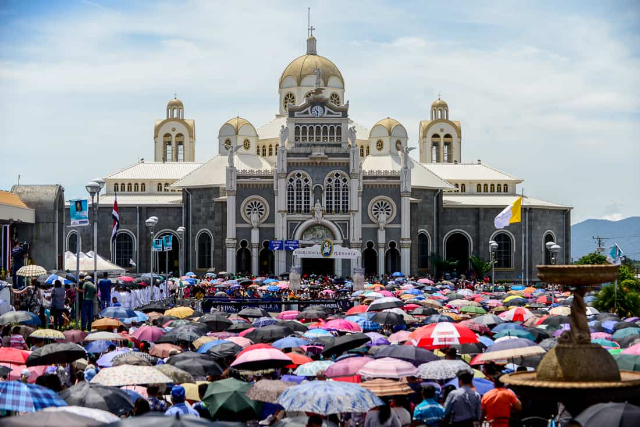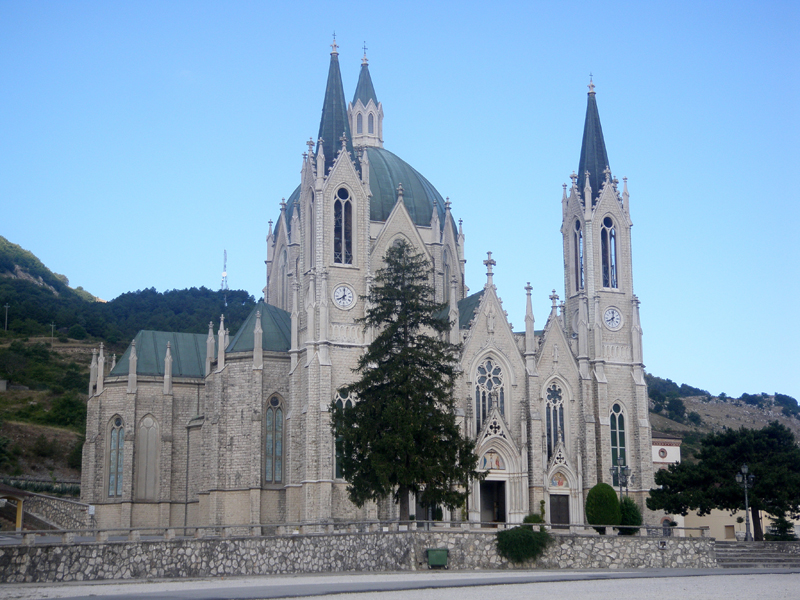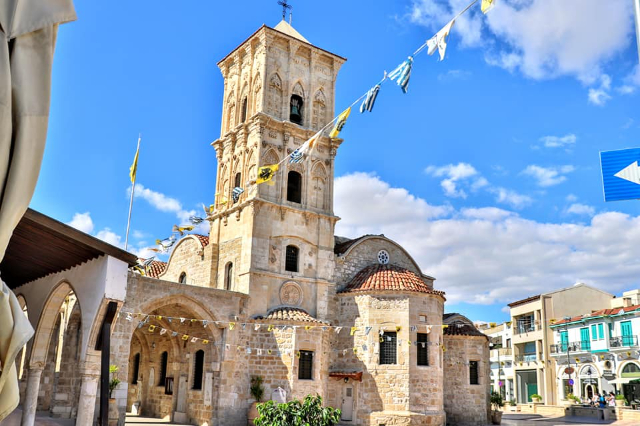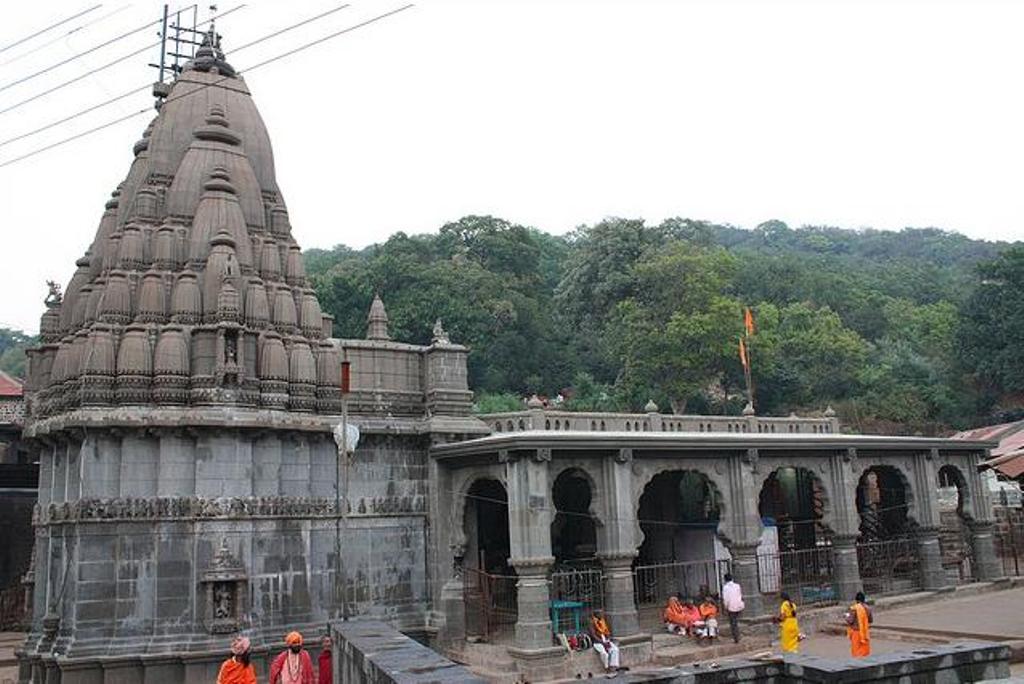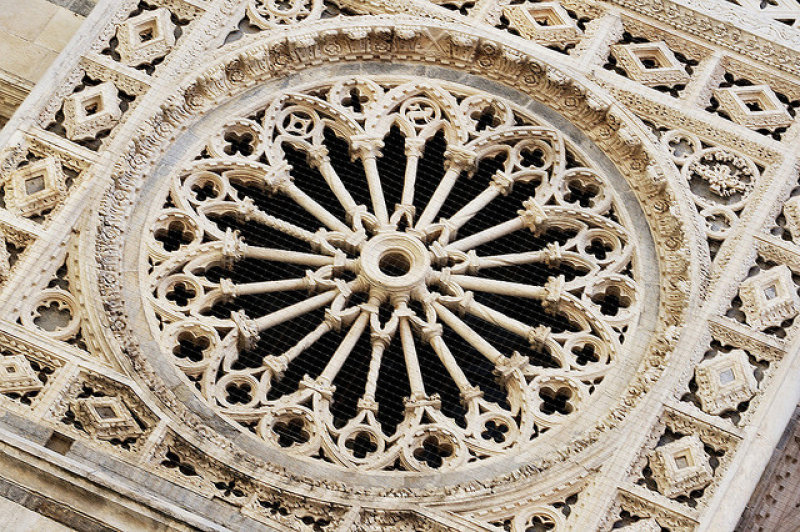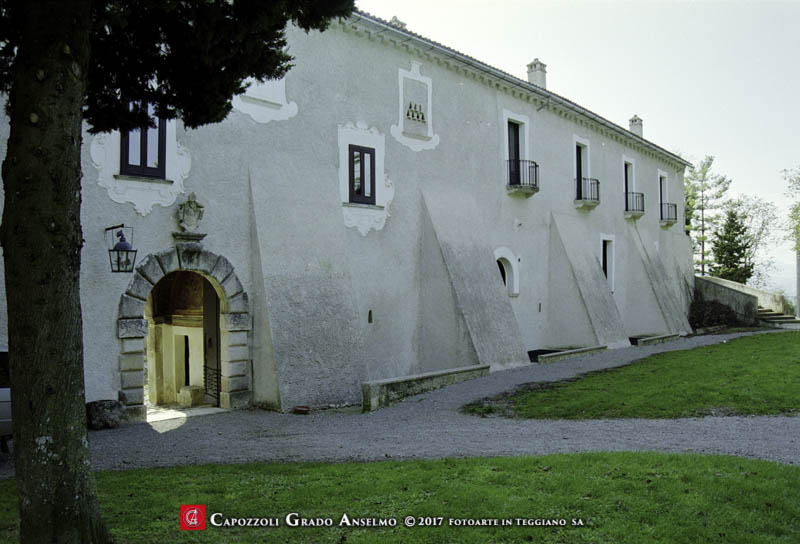The Basilica de los Angeles is one of Costa Rica’s most important shrines and a popular destination for religious pilgrimages. The basilica is located in the city of Cartago, in the central part of the country, and is dedicated to the Virgin Mary, called "La Negrita" by locals.The history of the basilica dates back to the 17th century, when, according to legend, an indigenous woman saw an apparition of the Virgin Mary on a blueberry tree. News of the apparition spread quickly, and the population began to venerate the tree as a sacred place. Over the centuries, the area around the tree was developed and the basilica was built in 1639 as a chapel in honor of the Virgin Mary.Over the years, the basilica was destroyed by earthquakes and rebuilt several times. The current building dates from 1924 and features a neoclassical style with a central dome, frescoes and statues of saints. Inside the basilica is a statue of the Virgin Mary, called "La Negrita" because of the dark color of her skin. The statue is considered miraculous and attracts thousands of worshippers every year.An interesting anecdote about the basilica concerns one of the most important celebrations held each year, the "romeria" in honor of the Virgin of Los Angeles. This pilgrimage takes place every year on August 2 and sees thousands of people from all over Costa Rica walking for miles to reach the basilica in Cartago. Legend has it that the Virgin Mary has given the power to heal the feet of those who make this pilgrimage.The basilica was declared a Costa Rican national heritage site in 1985 and continues to be an important center of religious devotion and popular culture. In addition to the celebration of Romeria, the basilica also hosts other religious holidays, such as Holy Week and Christmas, and attracts thousands of tourists and worshippers each year.
